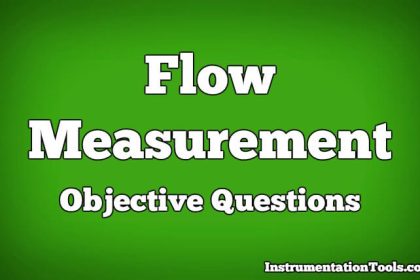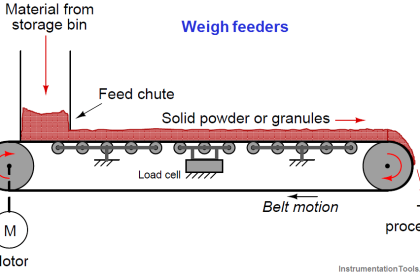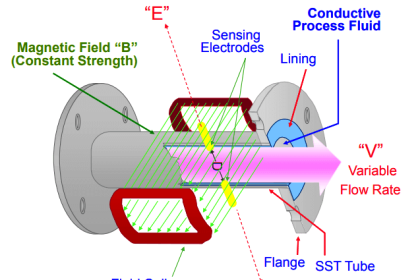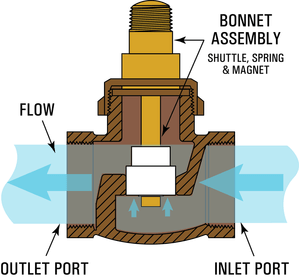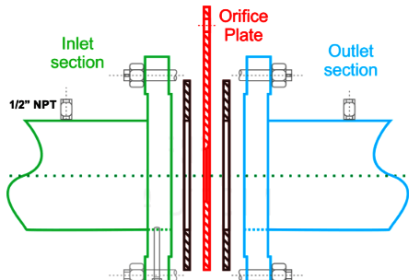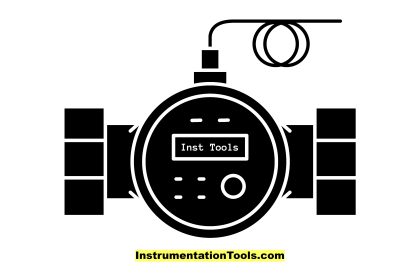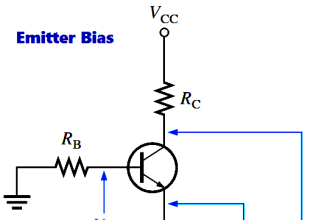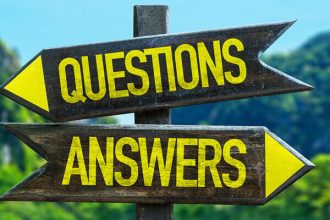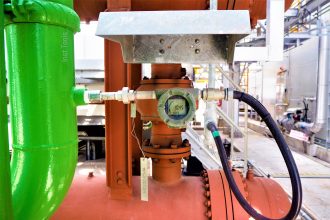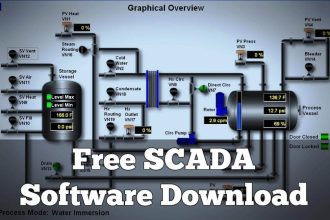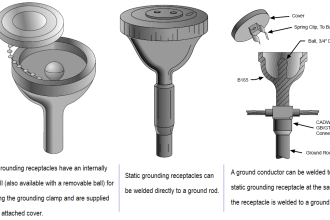The flow meter readings stability may be affected due to various issues in hardware, installation, configuration, calibration, or process conditions.
Flow Meter Readings
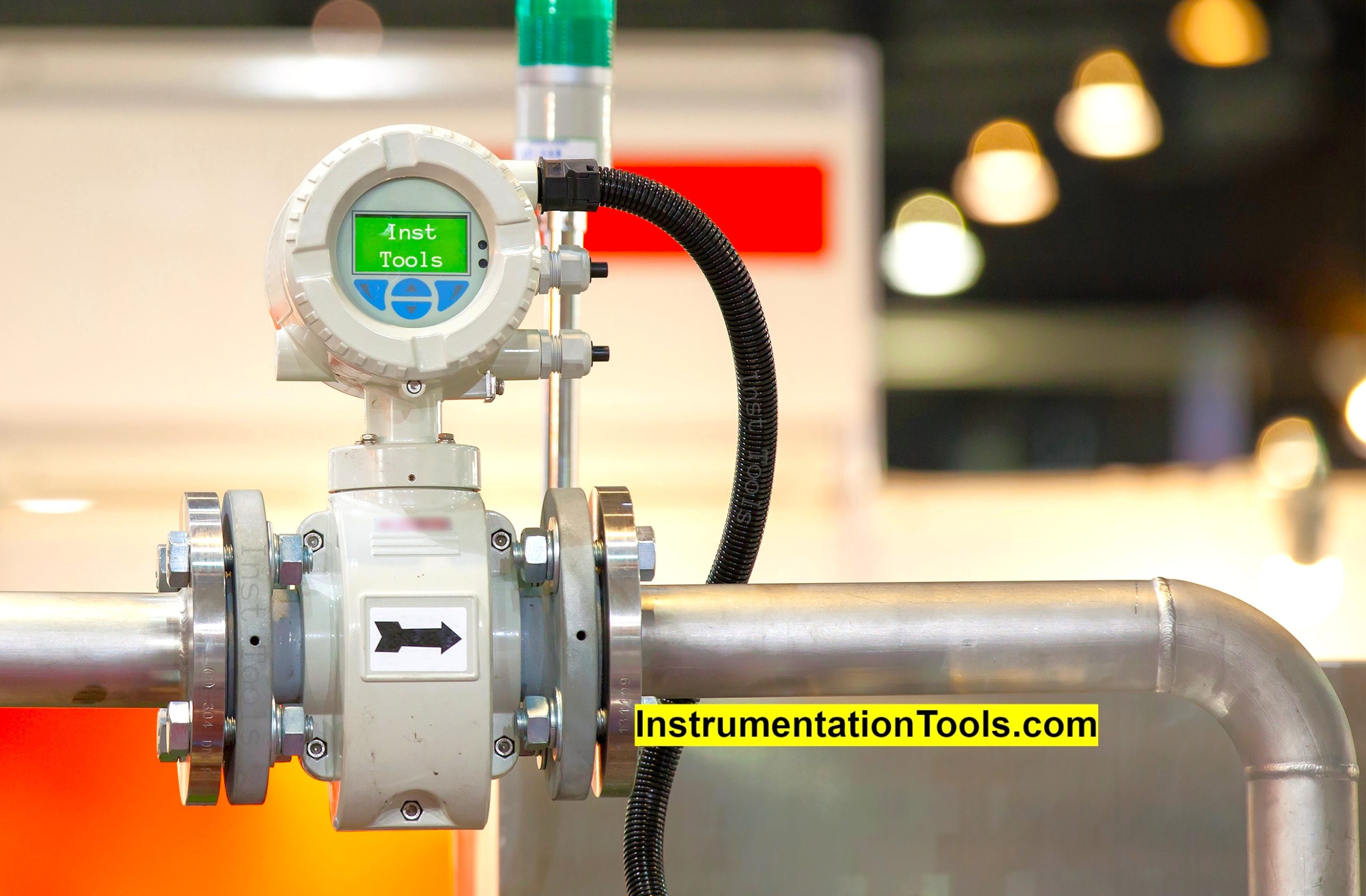
Here’s a list of some common factors that could cause unstable flow meter readings:
- Fluid Characteristics: Changes in fluid properties like viscosity or density can lead to unstable readings. Different flow meters are sensitive to different fluid characteristics.
- Air Bubbles: Air or gas entrained in the fluid can cause fluctuating readings.
- Pipe Vibration: Mechanical vibrations in the pipe can interfere with the meter’s sensing elements, causing erratic readings.
- Pulsating Flow: In some pumping configurations, particularly with diaphragm or piston pumps, the flow can be pulsatile rather than smooth, affecting the reading stability.
- Improper Installation: Incorrect installation, such as too close to a bend, pump, or valve, can lead to turbulent flow and affect readings.
- Temperature Fluctuations: Rapid changes in fluid temperature can cause transient changes in flow meter readings.
- Electrical Interference: Electrical noise or interference from nearby equipment can corrupt the signal.
- Wear and Tear: Mechanical wear over time can lead to degradation of the meter’s internal components, affecting its accuracy and stability.
- Calibration: An improperly calibrated meter will provide unstable or inaccurate readings.
- Pressure Fluctuations: Variability in line pressure can also cause the readings to be unstable.
- Blockages: Partial blockages or fouling can cause unpredictable flow profiles, affecting meter readings.
- Software Glitches: If the flow meter is software-driven, firmware or software issues could lead to unstable readings.
- Scaling and Fouling: The accumulation of material on the meter’s internals can lead to unstable readings over time.
- Manual Interference: Sometimes the tampering of settings or manual adjustments can cause unstable readings.
- Instrumentation Issues: Finally, signal processing issues, faulty wiring, or problems in the control system itself can contribute to instability.
If you experience unstable flow meter readings, it’s essential to perform a systematic diagnosis to identify the root cause and take appropriate corrective action.
How to Solve the Flow Meter Issues?
The below table highlights the main factors in solving the flow meter issues.
| S.No. | Factor | Flow Meter Solutions to Solve Stability Issues |
|---|---|---|
| 1 | Fluid Properties | Adopt flow meters with built-in compensation for variations in density or viscosity. Calibrate regularly based on fluid properties. |
| 2 | Air Bubbles | Incorporate air eliminators or air traps in the system to remove entrained air before the fluid reaches the meter. |
| 3 | Pipe Vibration | Employ vibration isolation techniques or materials. Alternatively, reposition the meter away from sources of vibration. |
| 4 | Pulsating Flow | Introduce a flow smoother or flow conditioner upstream to equalize the flow before it reaches the meter. |
| 5 | Installation Errors | Adhere to manufacturer guidelines on proper installation. Make sure to have sufficient straight pipe lengths upstream and downstream. |
| 6 | Temperature Fluctuations | Utilize flow meters with temperature compensation features or stabilize the temperature around the flow meter. |
| 7 | Electrical Interference | Install shielded cabling and ensure proper grounding to minimize electrical noise. Isolate power supplies if possible. |
| 8 | Wear and Tear | Schedule regular maintenance and inspections to identify and replace worn components. |
| 9 | Calibration Issues | Follow a strict calibration schedule as per manufacturer guidelines or industry norms to ensure accurate measurements. |
| 10 | Pressure Changes | Employ pressure-compensating flow meters or stabilize the line pressure through control valves or other means. |
These flow meter solutions aim to mitigate or eliminate the factors that can cause unstable flow meter readings, leading to more reliable and accurate flow measurements.
If you liked this article, then please subscribe to our YouTube Channel for Instrumentation, Electrical, PLC, and SCADA video tutorials.
You can also follow us on Facebook and Twitter to receive daily updates.
Read Next:
- Flow Meter Calibration
- Flow Meter Verification
- Flow Transmitter Questions
- Comparison of Flow Elements
- Instrumentation Impulse Lines
